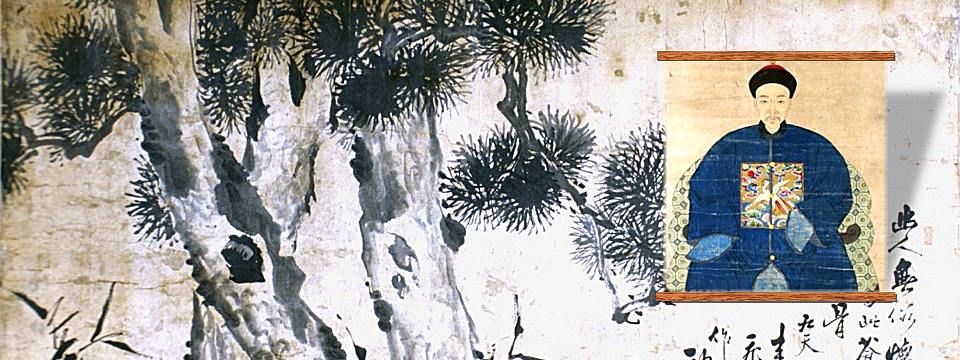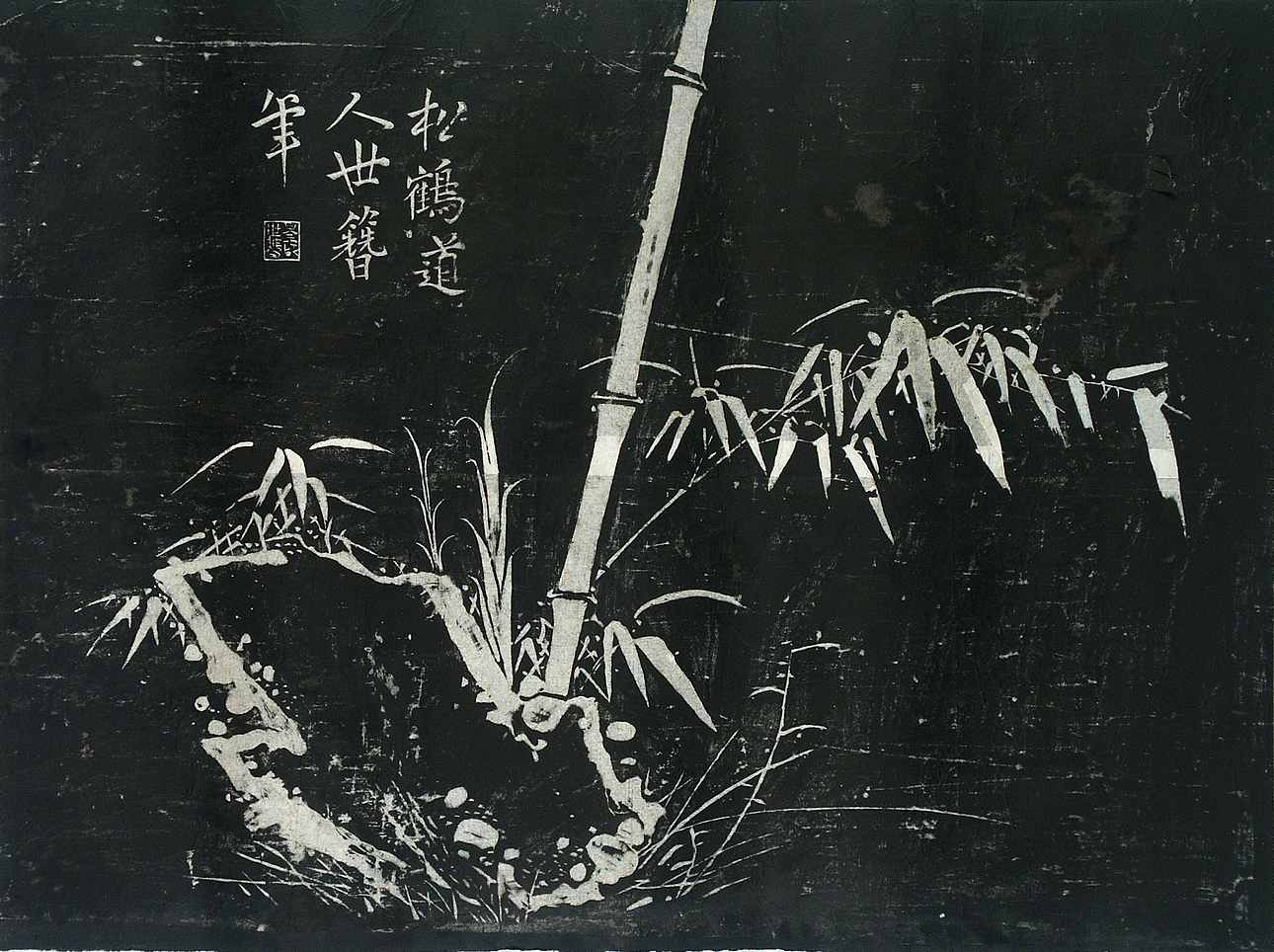Video: The Making of a Chinese Rubbing

In this YouTube video of the Field Museum of Chicago, Professor Yang Bo of the Shandong Provincal Museum demonstrates the making of a Chinese stone rubbing.
The Chinese civilization has relied for many centuries n writing on stone (inscriptions) as a way to preserve the memory of its own history and culture. The earliest evidence we have of this technique dates back to 175-183 AD. It is a series of about 46 stele on which were carved the seven Confucian Classics.
The rubbing is a copy of inscriptions or carved designs. The method for obtaining them is quite simple and intuitive.

Rock and bamboo Rubbing
To make a rubbing, a sheet of moistened paper (usually xuan paper) is laid on the inscribed surface and tamped into every depression with a rabbit’s-hair brush. (By another method, the paper is laid on dry, then brushed with a rice or wheat-based paste before being tamped). When the paper is almost dry, its surface is tapped with an inked pad. The paper is then peeled from the stone.
Since the black ink does not touch the parts of the paper that are pressed into the inscription, the final result produces white characters on a black background, but you can obviously use other colors. If the inscription is cut in relief, rather than intaglio, black and white are reversed.
A rubbing, by accurately reproducing every line of the inscription in a white impression on black ground, provides a sharper and more readable image than the original inscription or a photograph of the original.
The advantage of this technique is that it may be applied to any hard surface, including rock faces or cliff-sides, pictorial reliefs, or even bronze vessels and figurines.
The copies thus obtained, in contrast to black and white , give a more accurate picture of the same original and legible or even the photo and if it can produce at will. Therefore, we now have copies of ancient inscriptions reproduced on paper, while the original stone, wood, or even bronze, have been lost.